15 Things You Would Normally Throw Away – REUSED
15 Things You Would Normally Throw Away – REUSED
When you take a trip down memory lane, you may come across middle school lessons that taught you about the R’s - Reuse Reduce Recycle. I specifically remember lectures wherein my teachers would constantly talk about how important it was to reduce our waste. How the plant was being destroyed by unnecessary consumerism and we didn’t have a lot of clean resources left. That problem since my school days has multiplied ten-fold and it doesn’t seem to be getting much better. However, as we’ve progressed into a newer world where awareness about the blatant issues our environment is facing has increased, people have started to make healthier choices, not just for themselves but for the planet as well.
In my daily quests on the internet, I often come across people that follow zero-waste lifestyles and it appears rather cumbersome on the surface but there’s something so admirable about doing your part in making the world a more liveable place for generations to come. It may be tempting to think you’re just a drop in the ocean and what you do may not make an impact but every day that you spend trying to reduce your waste and cut down on your carbon footprint, you add to the earth’s life. For us to live sustainably, it is extremely important to find creative ways to make use of items that are normally discarded to prevent them from ending up in landfills.

On a more fun note, it is quite interesting to observe that these no-waste trends that the West is just catching up on have been in practice in our country for centuries. I distinctly remember my grandfather teaching my mom why it is important to save all those boxes and bags (they could’ve been potential hoarders, yikes!) and to this day, my great-grandmother refuses to discard her loose socks. She insists on wearing them and has customized them with desi drawstrings to tie around her calves so that they don’t fall to her ankles. I’m a firm believer in the knowledge that the older generations can impart to us and if they’ve promoted going waste-free and reusing things to this extent, perhaps it’s worth the effort!
What is Reuse?
Reuse is one of the major R’s of the environmental movement, is almost a revolution in and of itself, the reason being that it directly becomes the responsibility of the common population, the general public that functions at the consumer level. The highest percentage of the world’s waste is produced by big industries and corporate conglomerates. It’s upon these industries and those that control them including world leaders to reduce their waste production. Similarly, a majority of the recycling of plastic waste and sometimes even food waste happens solely under the supervision of environmental organizations. That, however, is not the case for reusing items and things that have already been purchased. Reusing something that is traditionally considered to be of no use is a great individual-level practice that directly makes a significant impact on the waste management project at a grander scale.
Why is Reuse Necessary?
The way the earth’s environment is progressing, it is imperative that humanity, as a collective, does everything to reduce the overall carbon footprint and add longevity to the planet’s life. That can only be done if waste production is reduced as much as possible. Reuse is one way of ensuring that. Simply put, to reduce waste management and the resources spent on it, reusing items over and over is the most proactive choice one can make. In other words, when you choose to reuse something, you actively ensure that said thing doesn’t end up in a landfill or worse, the ocean where it can harm animals and hinder the aquatic ecosystem. Reuse reduce recycle is also a cost-effective way to improve your skills as not only a creative person but also a smart home-owner. Reusing thing helps you save money while also becoming a fun, environment-friendly activity that you can use as a method of creating awareness amongst people around you.
15 Things That You Would Normally Throw Away, Reused Innovatively
While it can be exhausting to constantly worry about the environment and all the things you need to do to live sustainably, the practice of clean living and responsible consumerism certainly doesn’t have to be boring. Here are 15 things that you would normally discard accompanied by many creative, fun, and most importantly environment-friendly ways to use them:
Plastic Bags
Plastic bags are perhaps the most common items that make a daily appearance in desi households. They’re useful, cheap, and convenient. But, they’re also one of the biggest contributors to land pollution and quite possibly the arch-nemesis of the global waste management project. They affect the fertility of the soil and often strangle animals in oceans, thereby destroying aquatic life. And if your parents are sustainably aware like mine, you probably have a plastic bag to store all the other plastic bags in your home. These are a great fix for when you’re traveling with greasy food and don’t want to run the risk of ruining your clothes, bag, or any important papers. But that’s not where the mightiness of plastic bags gets limited. Here are a few other things you can do to reuse your plastic bags: -
- Use them as a way of preventing delicate items from breaking while you’re moving or traveling. This method of using old plastic bags is fairly simple. Take a large polybag, or take two if the ones you have are smaller in size, wrap them around the fragile item of choice and secure with either a rubber band or a piece of tape. Carefully place them in your travel bag. The idea is to create a thick plastic layer around the object, much like bubble wrap to prevent any damage.

- A funner, non-traditional way of using plastic bags would be to use them to wrap gifts. While most of them are either opaque white or completely translucent, you can occasionally come across a few that are vibrant and colorful. Save those special to substitute expensive and wasteful wrapping materials. They’re more durable and will do a much better job of preventing water damage to your gifts or their box at least if you accidentally drop them in water, unlike traditionally wrapping paper, which would get soggy as soon as it touches water.
Plastic Containers
Most commercial foods and beverages are sold in plastic containers for their effectiveness in keeping a product from being spoiled and their convenience. But, much like other forms of plastic, they do no favors to our environment. Here’s how to reuse them:
- Use the bottom halves of old PET bottles (or the ones that are packaged to serve carbonated soft drinks) as planters for your kitchen herbs. Simply cut the bottle and separate its bottom half using a hot knife or really sharp scissors. Poke a few holes here and there, then fill the base with suitable soil and plant your herbs and leaves of choice. Keep them near a window for appropriate sunlight and water as you would normally. You can either place them on the edge of your window sill or loop a thin rope through the top and make hanging planters out of them. Maybe even paint them for a bit of color pop.
- Use commercial food containers for storage. That big empty jar that once housed the tastiest peanut butter can be put to use again, simply use it to store grains and pulses instead of spending money on new containers. Or use it as a storage unit for nuts, bolts, and other tools that could use some proper organization.
- Use food delivery containers to feed stray animals. These containers are sturdy, they’re usually microwave proof, meaning you can warm up meals for the stray animals around your place and they’re a great way to look after some cute dogs and cats without spending extra money on food bowls.
Glass Containers
They’re pretty, easy to recycle, and a much better alternative to plastic. But that also means it can just be reused as its intended purpose and more! To-go containers for food items caught all the rage in the late 2000s. They became the talk of the decade and were an excellent alternative to the conventional materials used in the food industry in an attempt to reduce waste management. Here are a few easy and fun ways to reuse different types of glass containers:
- If you have a nice, big glass jar lying around that was once home to a tasty fruit jam, it’s time to take it out of the cupboard and let it be useful again. A sterilized glass jar is the perfect container to make marinades for quick meals or even for time-consuming pickles and other fermented products. Pour your oils and seasoning into the jar with your protein or vegetable of choice and close the lid. Give it a good shake and let it rest for 10 minutes, shake again, and there you have it, perfectly marinated veggies or protein bites ready to be cooked. Or you could store your prepared pickle concoction and give it some sunlight. The translucent of the jar will give even exposure to your pickles, resulting in perfect tartness.
- Use glass bottles to serve shakes. The glass bottles (which commonly store milk) that you get when you buy milkshakes from outside, can be reused the same way. Use them to store milk (after they’re sterilized) or serve delicious thick shakes while still looking cute.
- Use glass bottles to make impromptu amps that are pinterest-worthy and oh-so-chic. This is such a cute and fun way of reusing your glass bottles. Put some battery-operated fairy lights inside your glass bottle, turn them on, and put the bottle at an elevated spot in your room. When the lights are off, this homemade lamp will be no less than magic itself.

Old Paper
Reusing paper is a rather easy task that most of us have been doing since we were in kindergarten. Making paper mache, origami and other fun toys has been a major part of my childhood. Reusing paper becomes that much more important when you realize that by buying paper, you’ve already indirectly contributed to deforestation which is a serious environmental hazard. Here’s how you can reuse paper:
- Use old newspapers and pages from used notebooks to make recycled paper at home. This one is kind of obvious. But it can often be challenging. Not only that, it is economically beneficial to you while being a fun activity that awakens your inner child.
- Use bright shiny pages from old magazines to use as an alternative to wrapping paper. It can save you a lot of money and make you stand out as an environmentally aware, different, and crafty person. Win-win-win.
Seeds
A lot of the fruits and vegetables we consume have seeds in them, sometimes they’re edible so we eat them. And when they’re not, they’re usually discarded, which is nothing but wastage of an item that can easily be put to multiple great uses. Here are a few ways to reuse seeds:
- Use seeds from fruits like tomatoes, eggplants, and watermelons to plant them in your very own garden. It can be a fun hobby, to begin with, which can maybe even result in a career alternative if organic home farming is your thing.
- Use seeds of fruits like mango and avocado to harvest butter that can be used in cooking, baking while also doubling up as your skincare.
- Use nutrition-packed seeds like those of pumpkin as an addition to your pet dog’s meals. Seeds are often a great source of healthy fatty acids and essential vitamins that your lovely pooch may not get on the regular. This is a no-waste way of ensuring that doesn't happen.
Used Clothes
The fashion and fabric industry is one of the biggest contributors to the problem of climate change. More clothes end up in landfills even when there are a significant number of people all around the world that do not have access to proper clothing. Not only that, popular fashion brands more often than not manufacture their clothes in third world countries and heavily underpay their workers. This problem can be helped by reusing and upcycling clothes to not only fit your current needs but also to help reduce wastage and environmental harm. Here’s how you can do that:
- Use old beddings and covers to make cleaning rags. If I’ve learned anything as an adult, it’s the fact that you can never have enough cleaning rags. When you have a bed sheet that’s faded, has a few tears, or maybe far too many tears beyond the point of repair or it has simply lost its shine, the easiest and most common way to reuse this fabric is to make as many cleaning rags out of it as you can. My mom even distributes them between close family.
- Upcycle old clothes into new ones. Thrifting is big on the internet these days, and rightfully so. It’s sustainable, it’s fun and most importantly, it’s pocket-friendly. Could you want much else for experience from your clothing? You could reach out to a skilled fashion designer or your local tailor and ask them to use an old piece of clothing, perhaps one of your mom’s pretty sarees, and make something trendy like a co-ord set out of it. Or, if you’re up for the challenge, grab a sewing machine and try making something simple yourself. It can be a fun hobby or the beginning of conquest you didn’t know you had the talent for!
- Repurpose old jeans into backpacks or shoulder bags. The denim material is usually very strong meaning it can be great for making bags, using old jeans that may no longer fit or are simply out of style to make bags is a no-waste way of creating something that is very much a utility. I would advise you to consult a professional tailor for this.

Vegetable Scraps and Fruit Peels
In most Indian households, there exists a small bucket or container wherein you add biodegradable wet waste collected from the kitchen, most of the time, it is either thrown away or in rare cases, fed to stray animals, which may not always be good, unlike its intended purpose. Here’s how you can use scraps from veggies and fruit peels to live more sustainably:
- Use vegetable scraps to make your very own vegetable stock. Vegetable stock makes for a great base for soups and gravies in dishes all around the world. But it is pricey to purchase and I refuse to spend that money knowing just how easy it is to make at home. You simply need to save veggie scraps throughout the week in a sealed plastic bag. Throw them in a large pot, add 2 liters of water and a couple of teaspoons of salt. Let the scraps boil for 20-30 minutes, then strain the stock. Put the mushy scraps away to be composted and store the stock for up to a week in the refrigerator in a sterilized glass bottle once cool.
- Use fruit peels to make natural potpourri. Fruits are usually nice-smelling if you count durian out. For making your own potpourri, you simply need to dehydrate your orange, lemon, and pomegranate peels over time (feel free to use others). Once they’ve lost all moisture and are brown in appearance, put a few drops of your favorite essential oil into the dried fruit peels, mix them around, transfer them to a large bowl and keep them anywhere you like around the house. The living room is the best spot in my opinion.
- Use orange peels for skincare. One would usually throw out their orange peels but they’re more useful than you think. Dry your orange peels, grind them into a fine powder, mix with a few drops of rose water, some honey, and some aloe vera gel for a cooling face mask that detoxes your skin, attacks acne, and makes your face glow like the moon.
Expired Makeup
It truly breaks your heart when your favorite lipstick or eye pigment expires and is no longer safe for you to put on your skin. It certainly is not a good feeling to throw away the makeup that you’ve spent money on but it’s also not wise to keep using it as expired products can cause long-lasting reactions on the skin, when you’re in a similar pinch, here is a fun way to reuse old and expired makeup: -
- Use colourful pigments as paint for abstract art pieces. Art thrives through creativity and said creativity isn’t only limited to concepts. It expands to canvases and yes the material that you use to express your art. Using old makeup that isn’t safe for your skin but perfect for your art and its canvas can be quite poetic. So, paint away!
Used Toothbrushes
Reusing old toothbrushes is a must. It is recommended that you change your toothbrush every 3-6 months, which over time produces a lot of rubber waste but that doesn’t necessarily have to be the case. Here are a few different ways you can use your old toothbrushes:
- Use toothbrushes to set your eyebrows. Why invest in a spooli for your brows when you have an extra “useless” toothbrush lying around? Spray a light hairspray on the toothbrush run it through your brows in an upward and outward motion to set them in place.
- Use toothbrushes to pet your animal and bird companions as a way of bonding with them. Some theories suggest that animals are sentient beings and when gently pet in a swooping motion using a wet toothbrush, it reminds them of how their mothers used to groom them when they were babies. I’ve tried it on my companion cats and can confirm that it works!
- Use toothbrushes to clean hard-to-reach places. Those nifty corners where your basin brush won’t glide are no match to the mighty toothbrush. Since toothbrushes are tiny and petite, they can practically go anywhere a bigger cleaning brush can, and because of the way they’re crafted, you can put a lot of pressure ensuring a good cleanup of the gunk you’re trying to get rid off.
Furniture
So much effort, time, and resources go into crafting furniture and all of that goes to waste when a piece of furniture nears its apparent end. It may not be a common practice but there are many fun ways you can reuse your furniture or even make different things out of its material. Here are a few of them:
- Reuse broken furniture by fixing it yourself. The process is usually simple and you can find easy-to-follow videos online. Selling it off once repaired is a great way to make money off of something that you didn’t intend to use in the first place. It’s a much smarter practice than just discarding the furniture at a landfill and is greatly appreciated by college students since they’re usually on money crunches and get good furniture at reasonable rates.
- If your furniture has gone beyond a point of repair, you can literally cut off the parts of the material that can be saved, use the sturdy sections to make bookshelves, cat perches, and small storage units for your walls.
Eggshells
This one is honestly a wild card. No one wants to reuse eggshells. After all, what can they be good for? Well, apparently more than what you would think. Here are a few ways to use the shells after you have used the white and the yolk for food or your hair:
- Eggshells have a surprisingly high calcium content, meaning they’re great for growing plants, which explains why so many people use eggshells to grow and transport saplings. Simply sprinkling them over the soil below the plants in your garden can do wonders for boosting their growth.
- Because of their high calcium content, they’re also a great addition to your smoothies (once they’re washed, cleaned, and powdered) and shakes.

Empty Egg Cartons
In true no-waste style, if eggshells are being reused, why leave the egg cartons behind? They have a great level of sturdiness and can act as versatile containers and organizers. Here’s how to reuse egg cartons: -
- Use them to organize jewelry, beads, or even nuts and bolts. Egg cartons already have small compartments, meaning they’re great for people who always like to keep their stuff organized and in place.
- Use them as a daily essentials tray. Instead of purchasing an expensive one online, just use the carton to keep your keys in one slot, your watch in another, and your wallet wedged between two more of those, and so on.
- Use them as paint palettes for children. There is no safety hazard, no breaking concern, and no high monetary value attached to egg cartons, meaning they function as appropriate paint palettes for toddlers.
Used Teabags
Teabags are a quick way to enjoy a delicious hot beverage but unlike the traditional Indian method of making tea, they add up to quite wasteful. Here are a few ways you can resume teabags after you’re done drinking the tea:
- Reuse used tea bags to relieve puffy eyes. Simply put the teabags in a bowl and chill them in the fridge for a few hours. Place over closed eyes for 5-10 minutes. The antioxidants present in tea seep into your skin and calm your skin down. Doing the same for insect bites can also get rid of the irritation.
- Add the contents of the teabag to your compost bin after you’ve used it in multiple ways.
Soap Slivers
That itty-bitty slice of leftover soap is super annoying. It breaks apart easily, doesn’t have those many suds left, and is generally difficult to work with. It can also be somewhat of a hazard as it is the perfect slipping device on wet bathroom floors. Here are some alternatives for reusing those thin soap slivers: -
- The easiest way to reuse a soap sliver is to just add it to the next bar of soap. All you need to do is simply wet your new bar and the sliver, put the sliver down, place the bar on top and leave it be for 30 minutes to an hour.
- If you’re repurposing a used candle at home, you could mix the melted soap with the melted wax to give your candle a light scent of your preferred soapy fragrance.
Old Books
Old books are a gem that can be cherished for centuries. But, more often than not, if they’re a part of your personal collection and you’ve gotten your use out of them, they are generally just sitting on a shelf collecting dust and nothing else. Here are a few ways to reuse these books:
- Reuse the pages of the book the same way you would reuse other papers. If you don’t mind destroying the book or if the knowledge in the book is now proven to be obsolete, reusing it the same way other forms of paper would be, is fairly easy.
- If you wish to preserve the sanctity of your books while still making them useful even if they’re not being read, your books may make for great knife stands. You just need to tie 3-5 books together using a cloth band or ribbon. Feel free to optimize the color scheme to fit your aesthetic. Simply place your knives blade-side down so that they go in between the pages of the books, making them look like a poetic piece of art but in the kitchen.
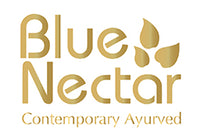

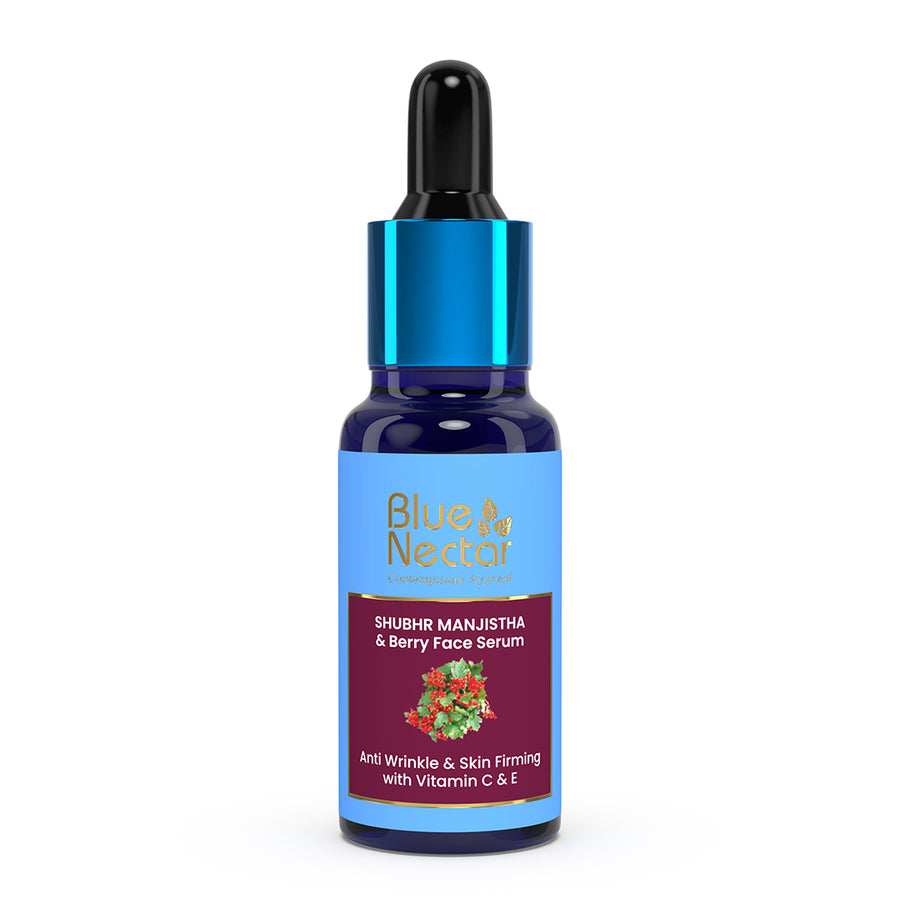
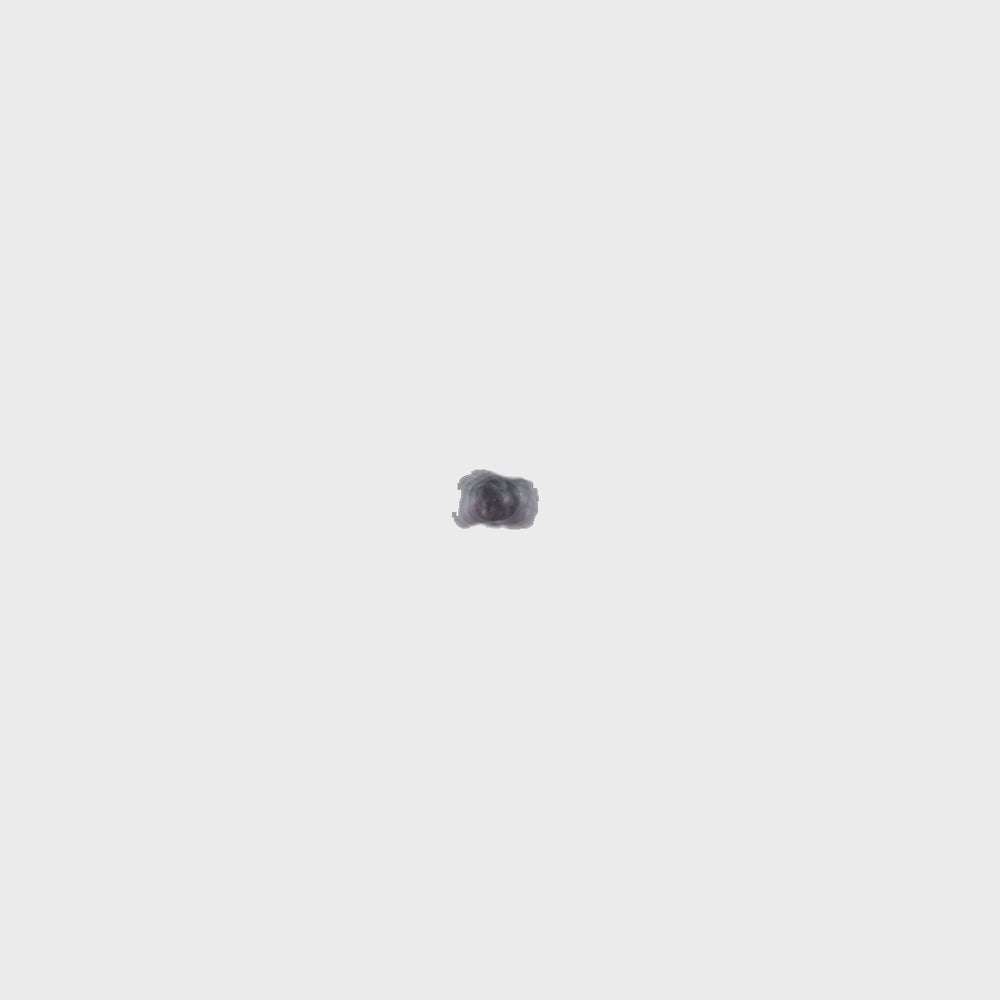
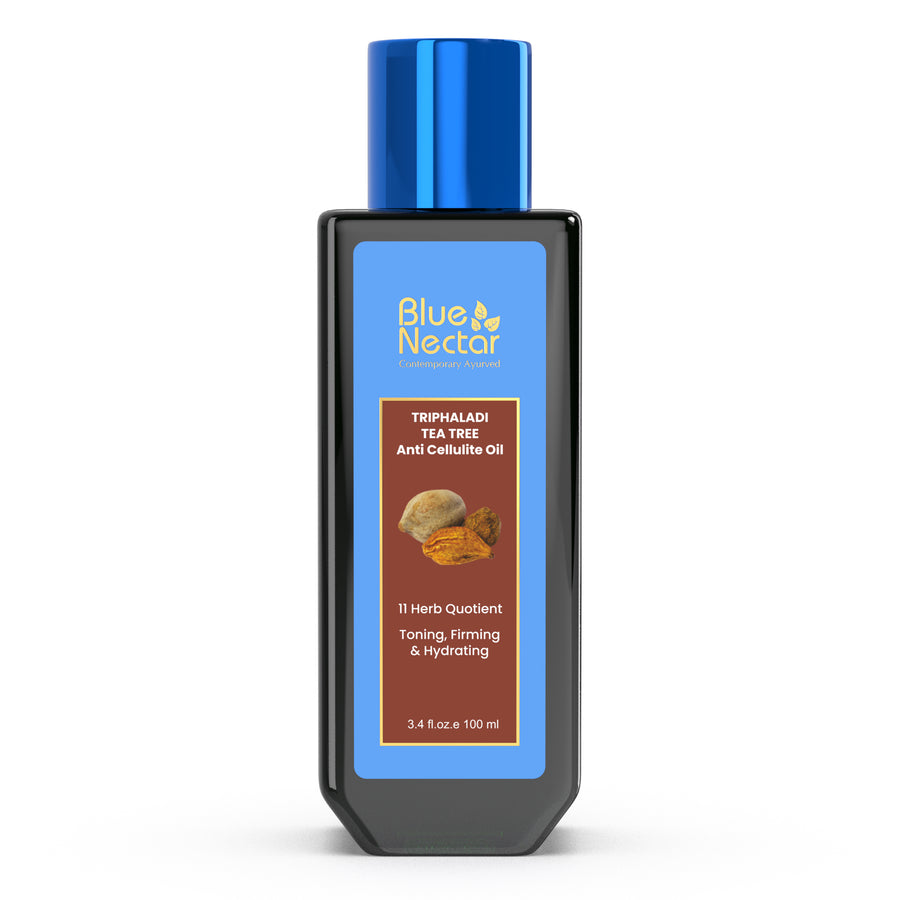

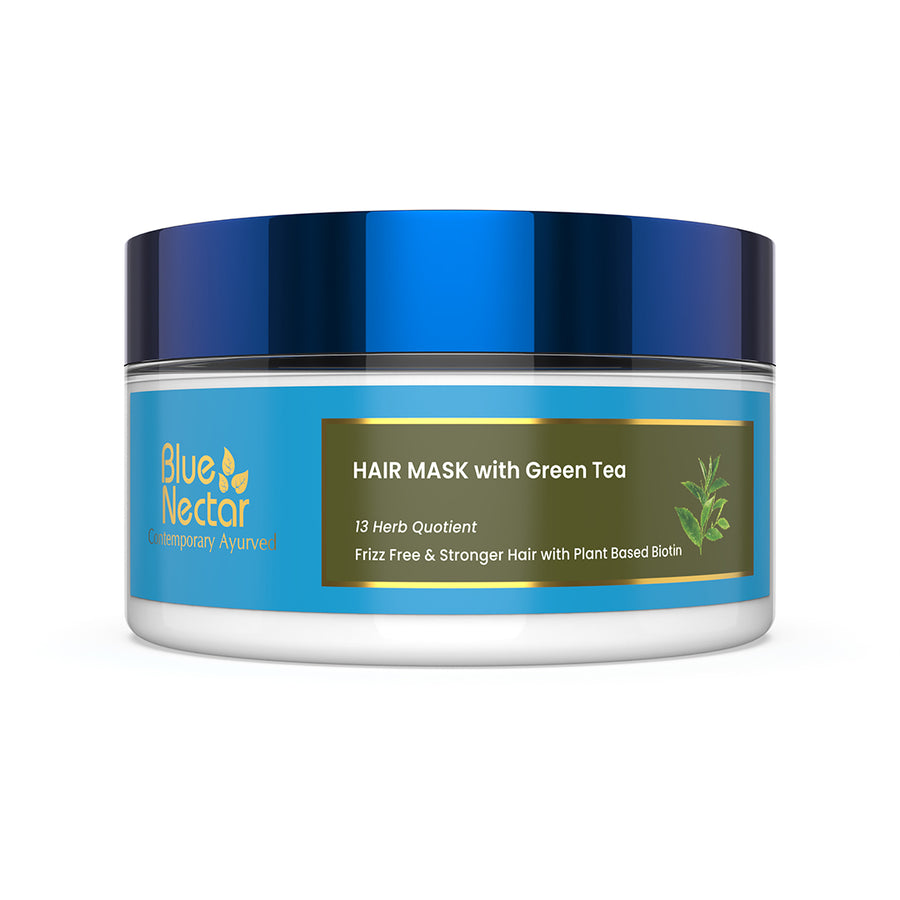
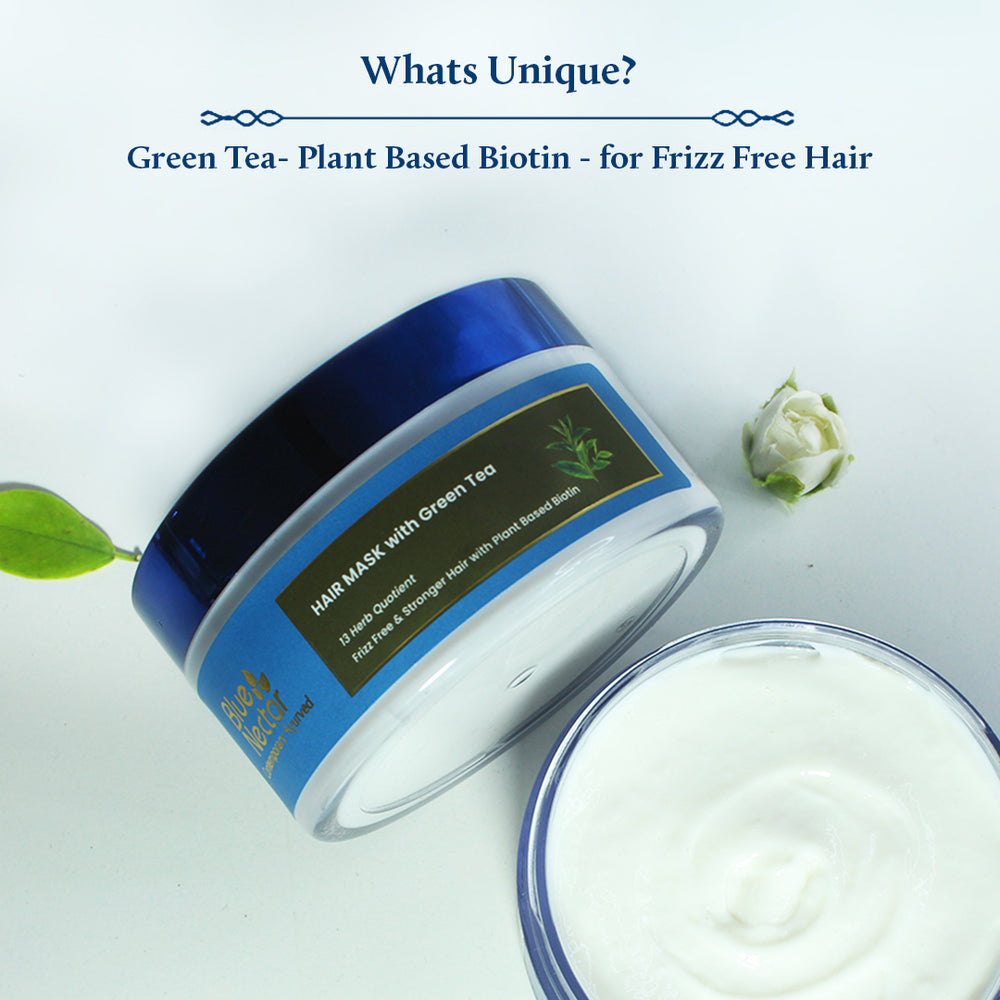

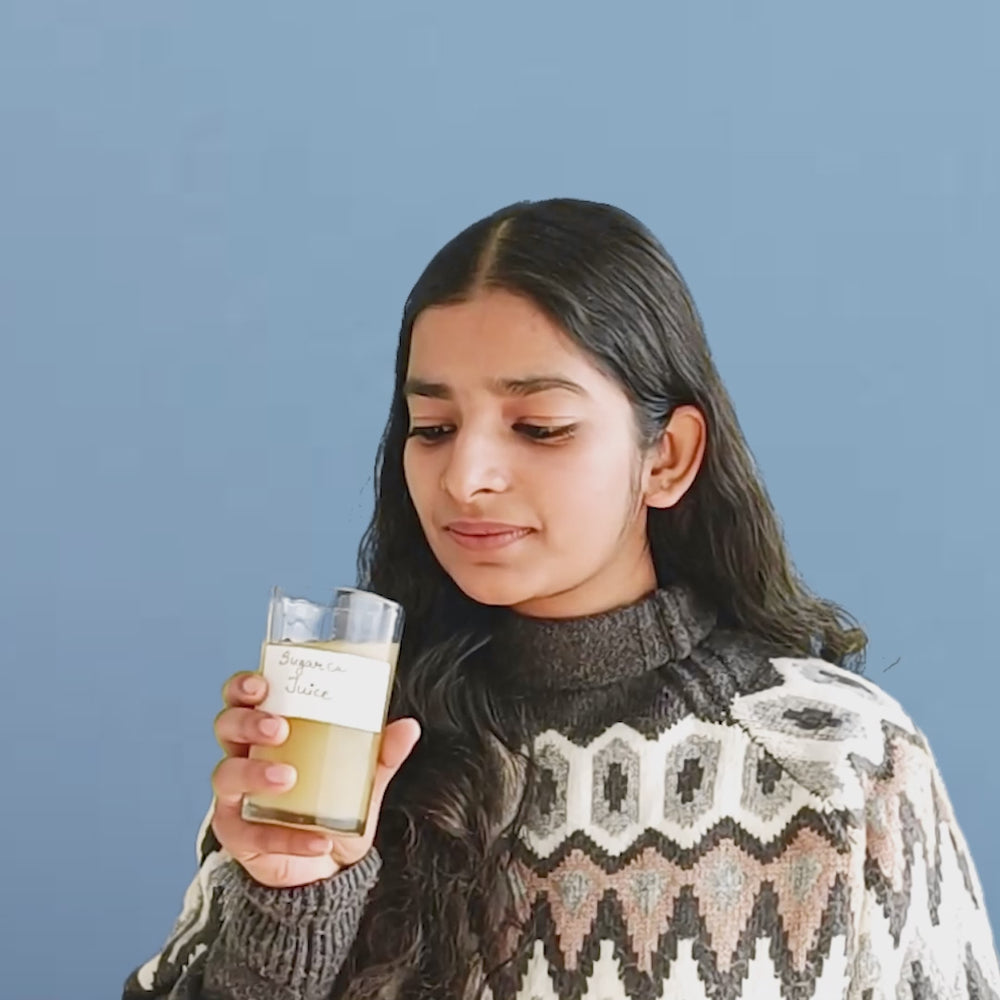
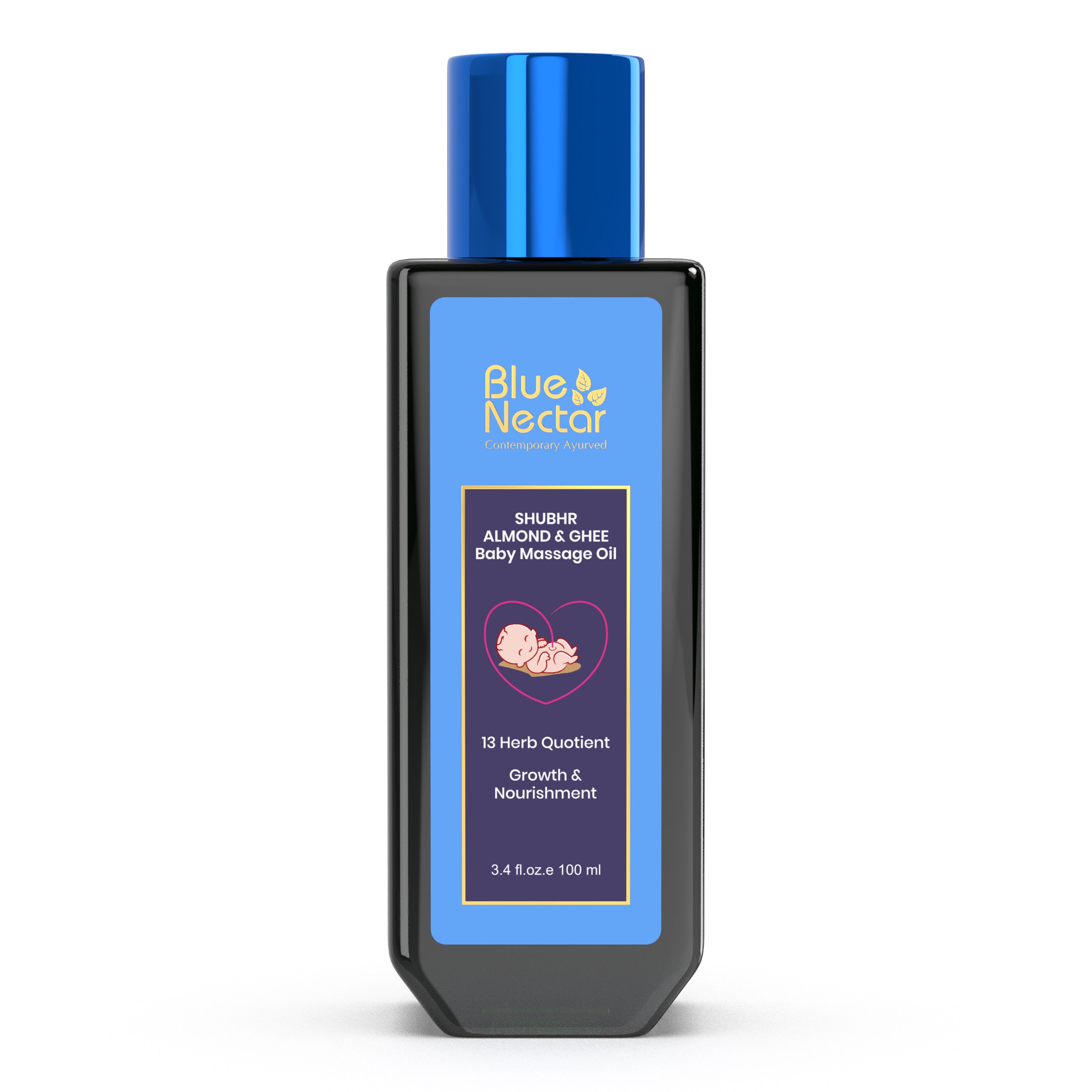



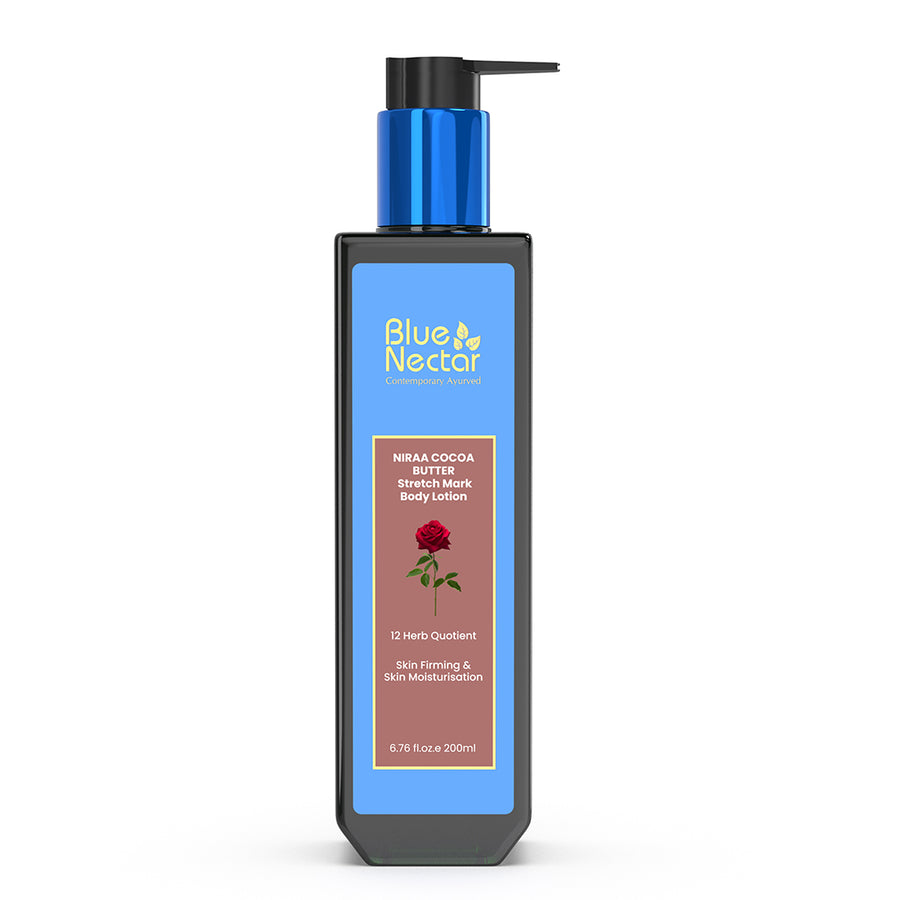

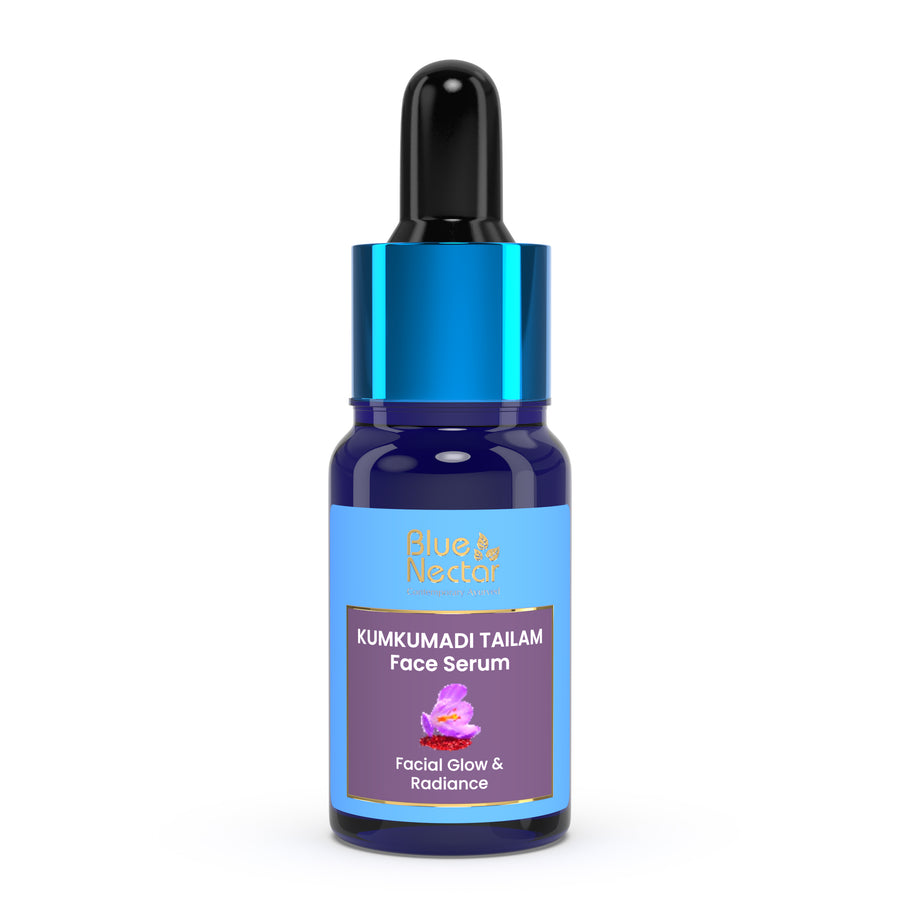


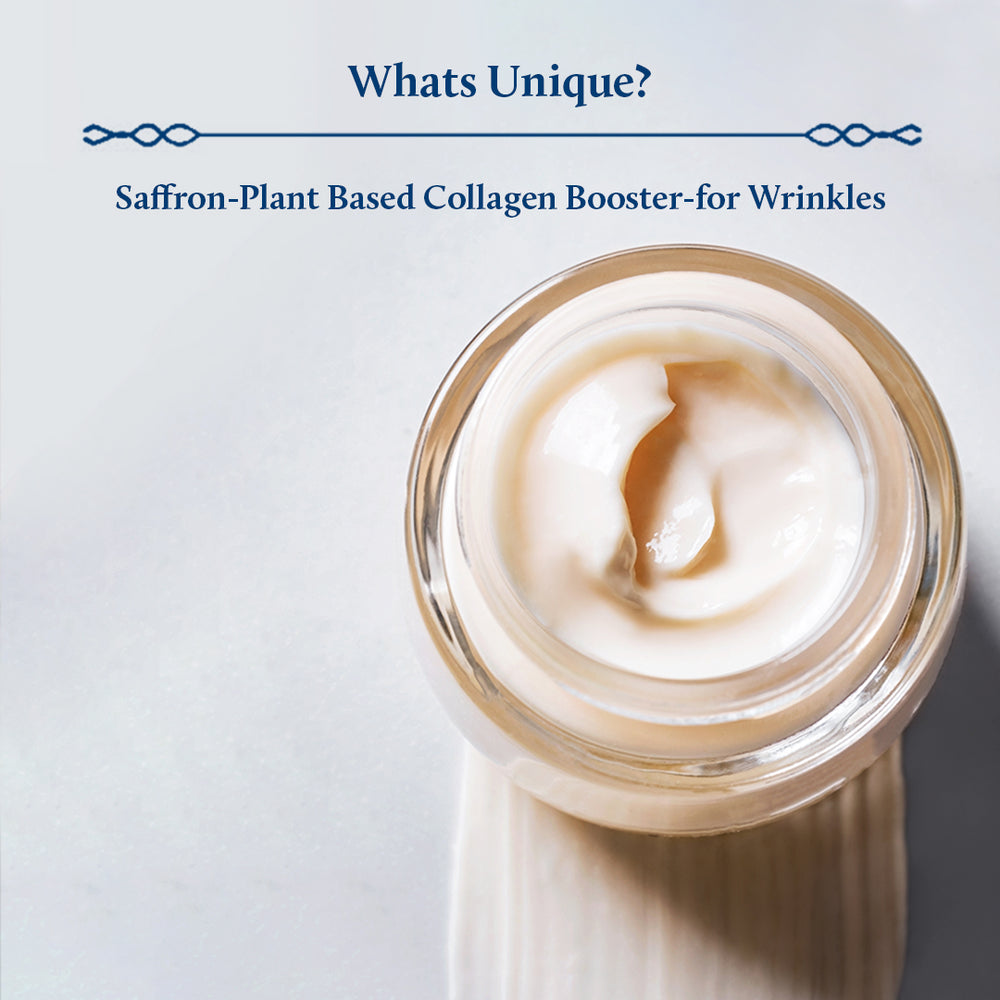
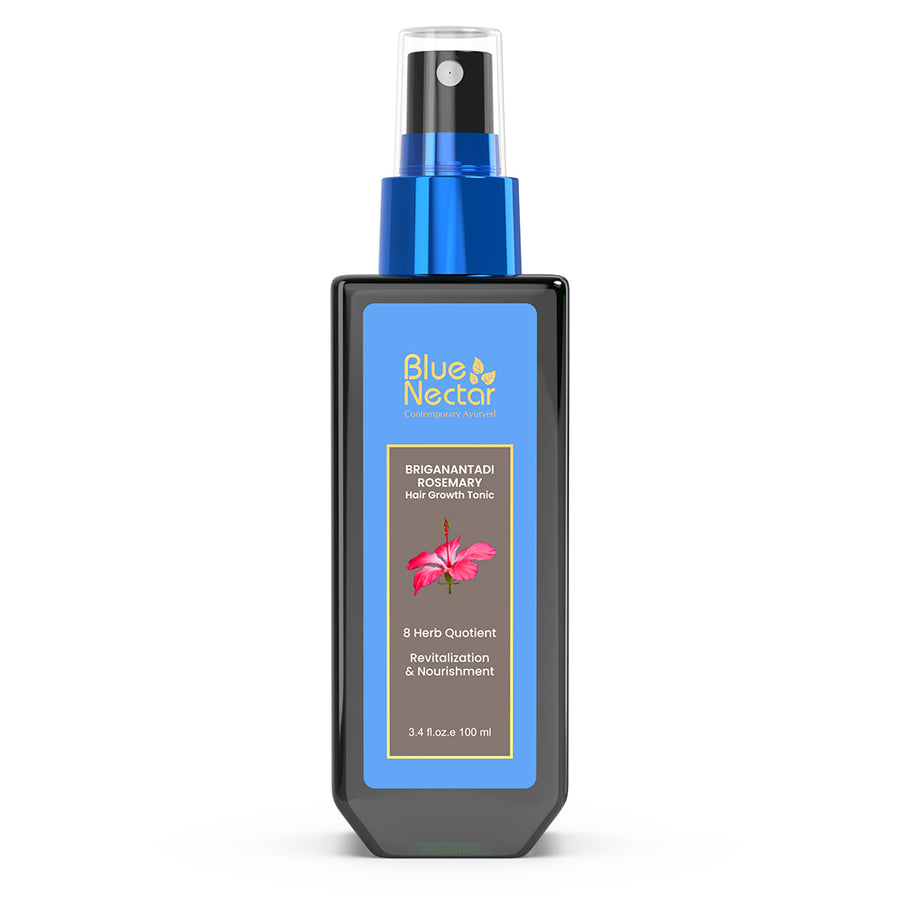

Leave a comment